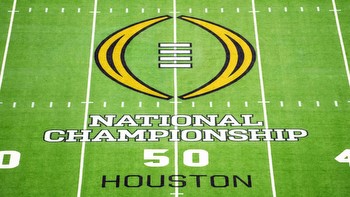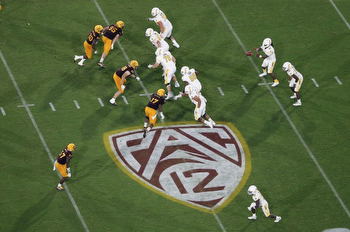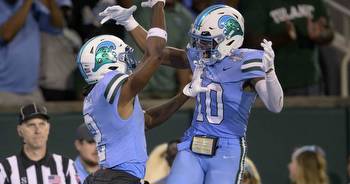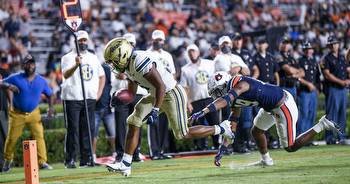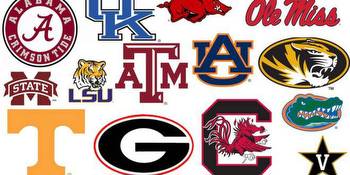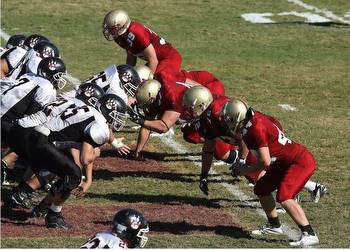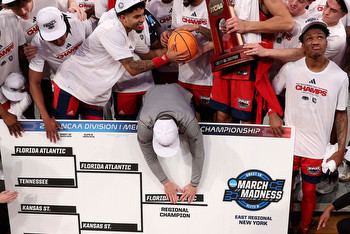How college football conferences work
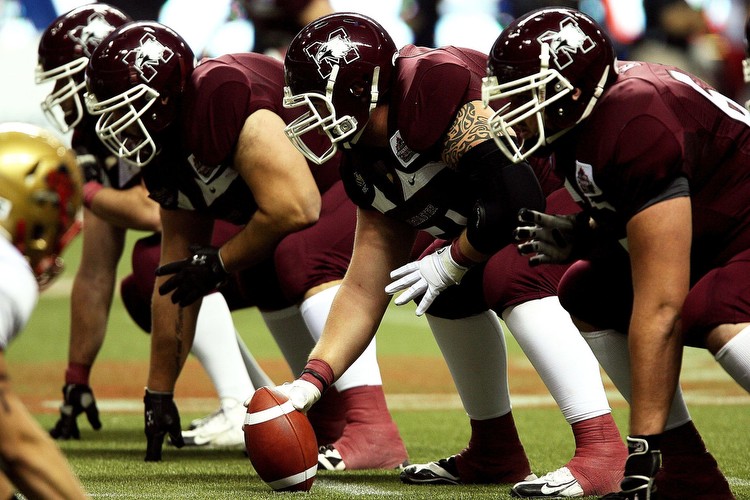
College football is massive in the U.S. and, in some states, even more popular than the NFL.
However, that doesn’t mean all fans understand everything about how college football works, which is why we’re here with this quick guide.
College football is unlike the NFL as it’s made up of three divisions, I, II, and III. But we’re focusing on Division I in this article. Most NCAA sports have more than one division.
D1, as it’s also known, is made up of 10 subcategories called conferences, which are typically determined by location, size, and historical performances, among other things.
Teams have the option of playing outside of a conference, which makes them an independent program. Indiana’s Notre Dame is one such college, with Brigham Young University, Army, and Navy the only others.
- American Athletic Conference
- Atlantic Coast Conference
- Big Ten Conference
- Big 12 Conference
- Conference USA
- Mid-American Conference
- Mountain West Conference
- PAC 12 conference
- Southeastern Conference
- Sun Belt Conference
Five of the conferences listed above are grouped as the most competitive and are generally the most popular as they get the most attention, television exposure and the best players.
The Power 5 is comprised of the Big Ten, Big 12, Southeastern, Pacific-12, and the Atlantic Coast.
How are college football games scheduled?
First off, there are conference games, which pit teams from the same conference against each other. There are also non-conference fixtures, in which teams in one conference get to play teams from another.
Most conferences operate under an eight-conference structure, playing four games at home and four away. The Pac-12, though, has nine conference games. Home games vary by the year, so some years, teams suit up for five home games while, in other years, they play just four fixtures on their home turf.
Where non-conference games are concerned, some conferences permit their teams a weekend to play outside games while others will have them play them whenever it’s possible.
The colleges make the decisions as to when they play non-conference games, which makes scheduling very important as teams can benefit significantly from having favorable fixtures.
For example, Kentucky, which plays in the Southeastern Conference (SEC), can end up playing a Mid-American Conference team any given year. In fact, they’re set to take on Ball State for their season opener on September 2. Though this game comes a bit too soon for punters in the state, fans will be able to take advantage of retail sports betting by September 7, with online sports betting in Kentucky to roll out a few weeks later on September 28.
Another non-conference example would be Wisconsin’s opener against Buffalo. The former plays in the Big Ten while the latter is part of the MAC.
Who decides the rankings?
Rankings are also very important. This fact is widely known, but how they work is something else altogether.
It’s easy to assume that the teams at the top of each conference get to go to the playoffs or that they form the top 10 in the rankings. But that is not the case; it’s a bit more complicated than that.
A team can go 1-2 in one conference and 2-10 in another, so there are some additional factors that would come into play. The responsibility falls to a panel, which is either logical or unfair, depending on who you ask. But that’s how it’s been for a while and it’s set to remain that way until 2026.
The panel is made up of 13 members each serving three-year terms, though this isn’t set in stone as the NCAA prefers a healthy rotation.
As things stand, the panel includes an athletic director from each of the Power 5 conferences, with former coaches, players, athletic directors, administrators, and former media members also among folks who could form such a committee.
They would release their top 25 rankings seven times during the season, with the first typically disclosed in October and the last in December. Various other outlets also release their own rankings throughout the year.
A college’s strength of schedule is usually one of the most pertinent factors when it’s time to make the picks. Conference championships, records, head-to-head results, injuries, weather, and various stats are also taken into consideration.
The first four teams at the end of the regular season will enter a tournament, with No. 1 playing No. 4 and No. 2 squaring off against No. 3 in a pair of semis. The winners meet in the BCS Championship.
There are plenty of other bowl games that take place at the end of the regular season. One such example is the Sugar Bowl, which the SEC and Big 12 conferences compete for. The others host teams selected by the same panel that picks the top 25.


